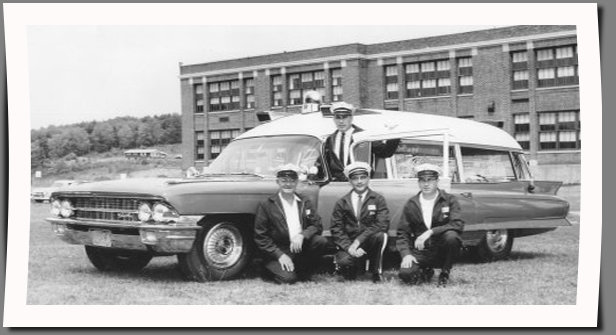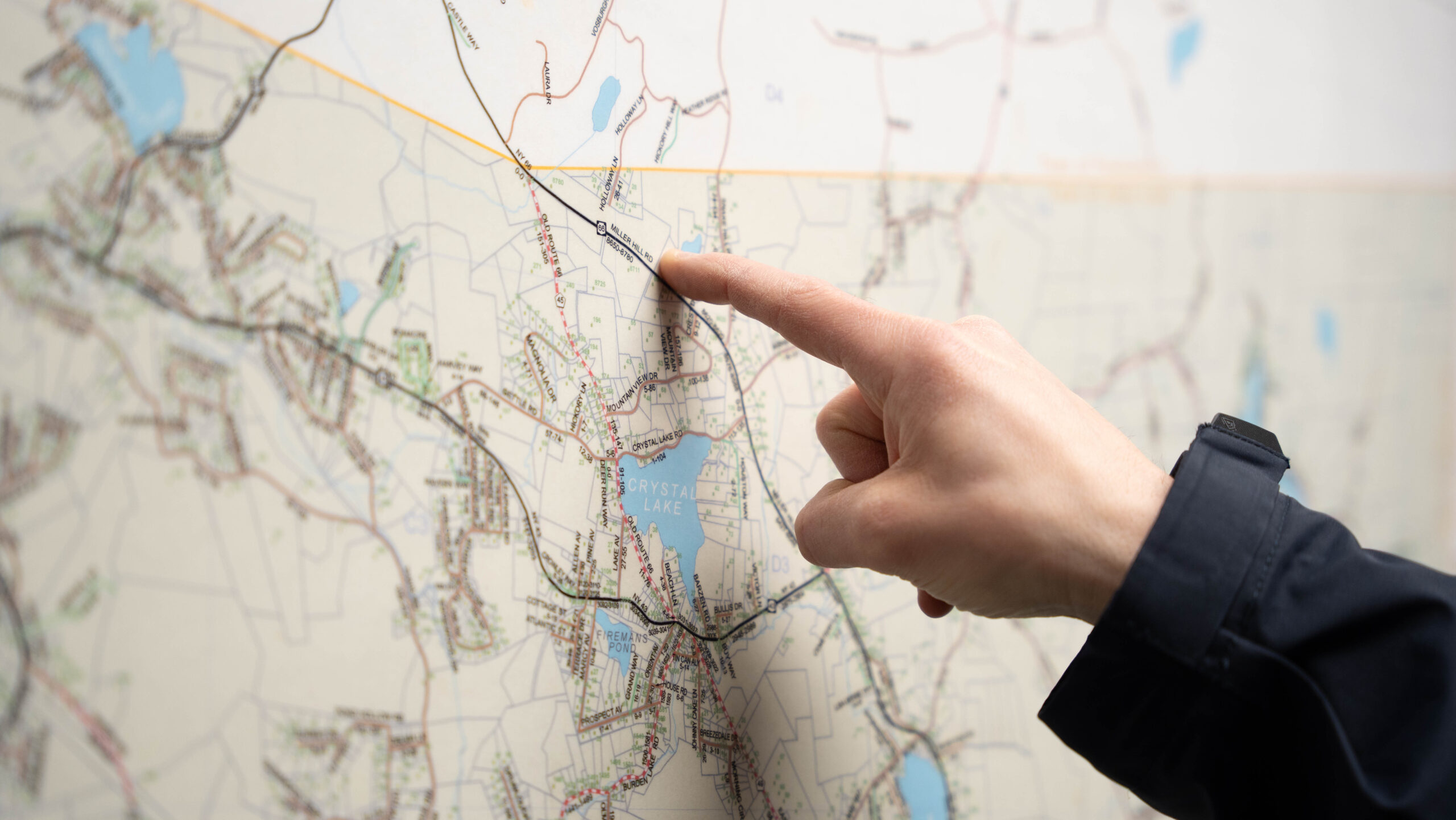About Sand Lake Ambulance
Serving the community since 1959.
Our Mission
Sand Lake Ambulance is committed to providing premier emergency medical care and fostering strong community partnerships. This commitment is the cornerstone of our success, the foundation of our service, and the driving force behind our future.
We strive to continuously enhance our services through advanced medical training, state-of-the-art technology, and a strong commitment to community outreach.
Our History
Since 1959, Sand Lake Ambulance has served the residents of Sand Lake and the surrounding areas.
What started as a small volunteer effort has grown into a dedicated fully-paid team of EMTs, paramedics, and administrative staff working around the clock to ensure the safety and well-being of our community.
Our Fleet & Equipment
Sand Lake Ambulance operates a fleet of modern emergency vehicles equipped with life-saving tools and technology. Our team is prepared to handle a wide range of medical emergencies, from routine transports to critical care situations.
Ambulance: 6025.
Purchased in 2014, Ambulance 6025 is a 2013 Ford chasis outfitted with a 2014 Medix Ambulance box. All Sand Lake ambulances are State licensed advanced life support units and carry a wide array of life saving equipment including a cardiac heart monitor, airway adjuncts, and a wide selection of emergency medications. It is staffed with paramedic’s and EMT’s.
Ambulance 6005.
6005 is a 2013 Shakerly Ambulance on a Ford chassis. All Sand Lake ambulances are State licensed advanced life support units and carry a wide array of life saving equipment including a cardiac heart monitor, airway adjuncts, and a wide selection of emergency medications. It is staffed with a paramedic’s and EMT’s.
Ambulance 6010.
We're proud to welcome 6010 to our fleet- a 2025 Ford-chassis ambulance fully equipped and ready to serve our community. Like all our rigs, 6010 is a State-licensed Advanced Life Support (ALS) unit, carrying critical equipment including a cardiac heart monitor, advanced airway tools, a range of emergency medications, and more.
Staffed with paramedics and EMTs, this vehicle ensures we’re prepared for any emergency, bringing hospital-level care right to your door.
Where We’re Going
As we continue to learn and grow, we are committed to expanding our capabilities through new medical advancements and enhanced community programs.






